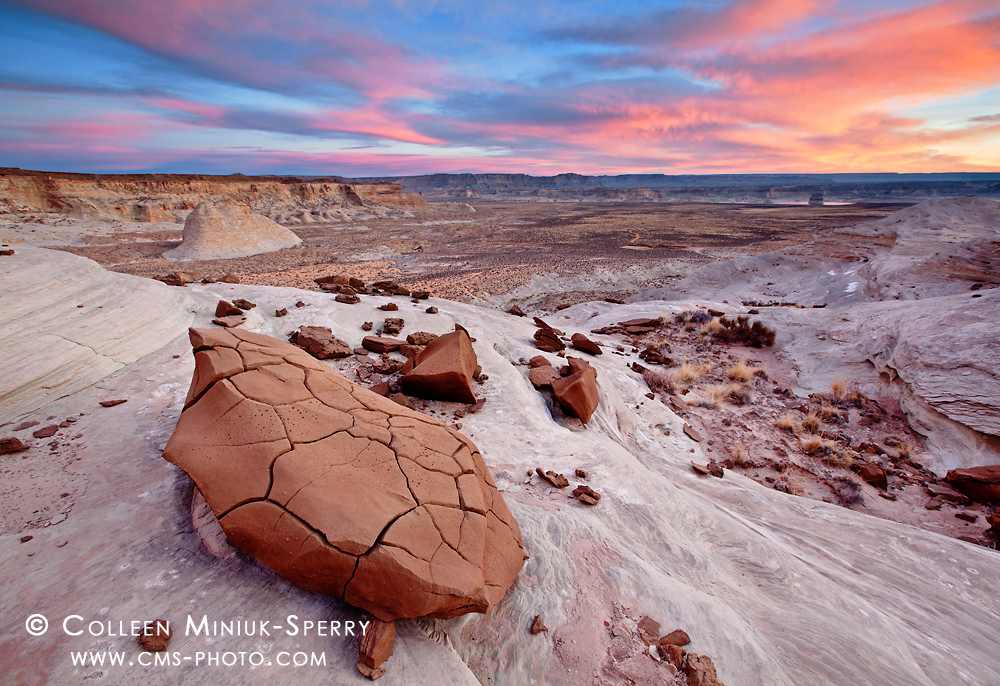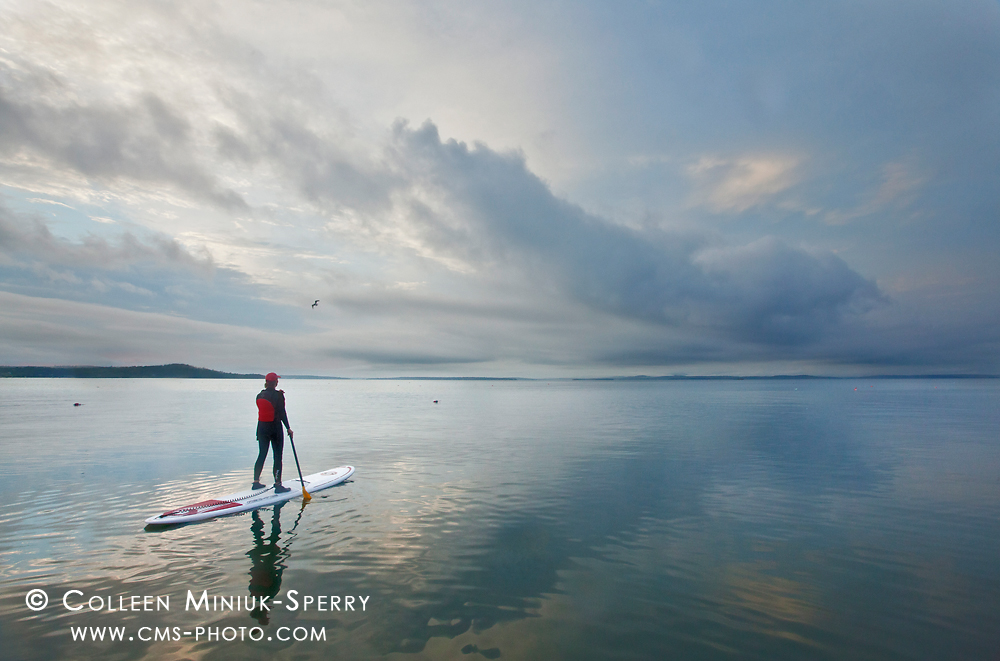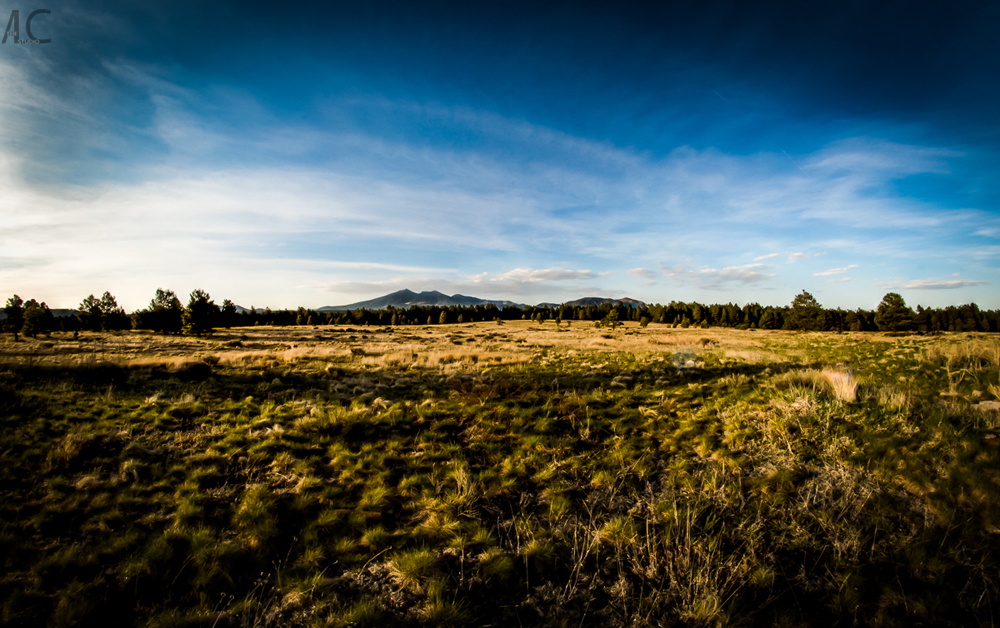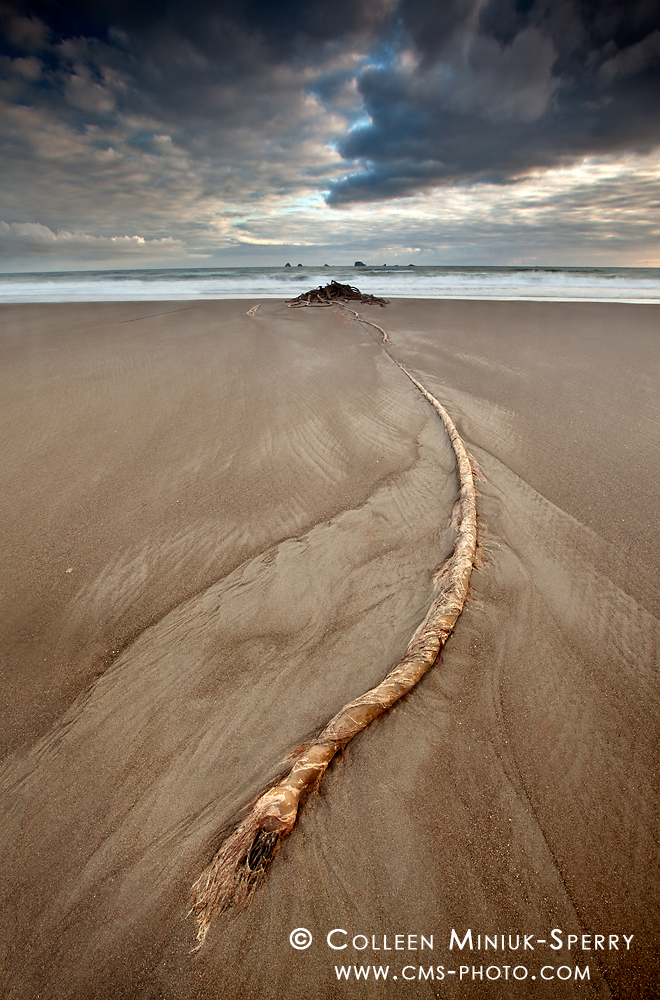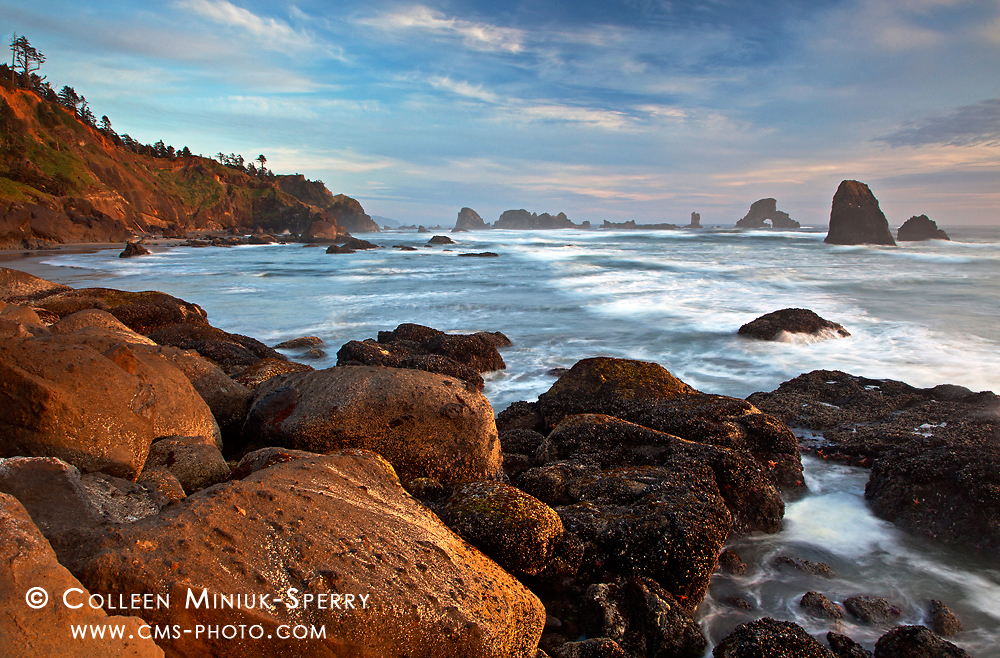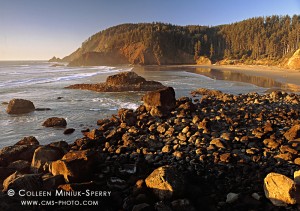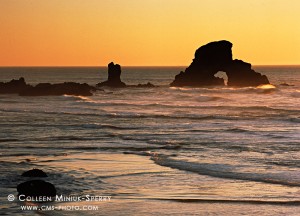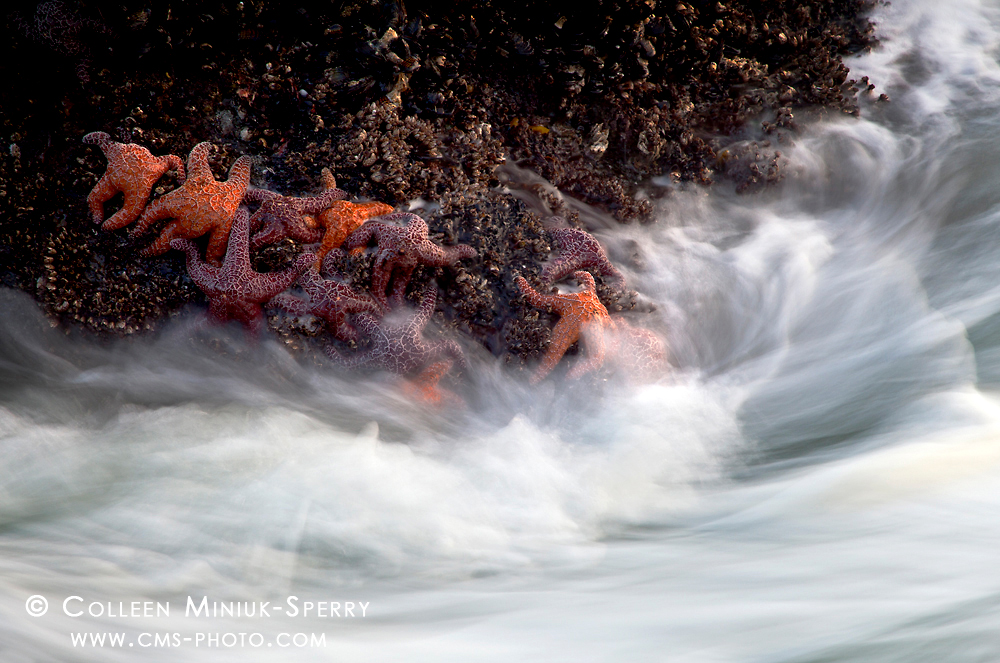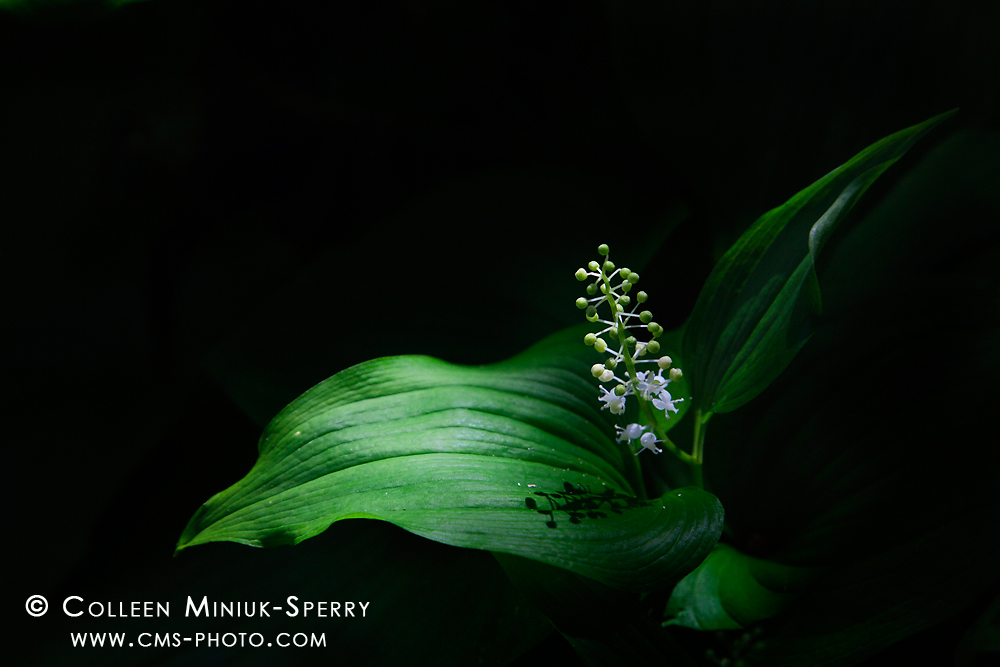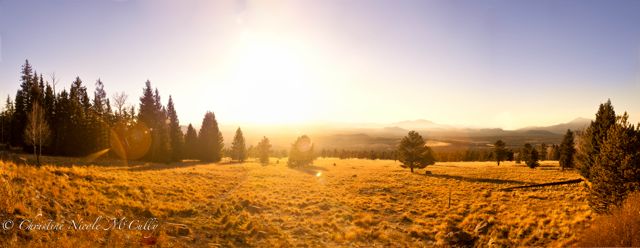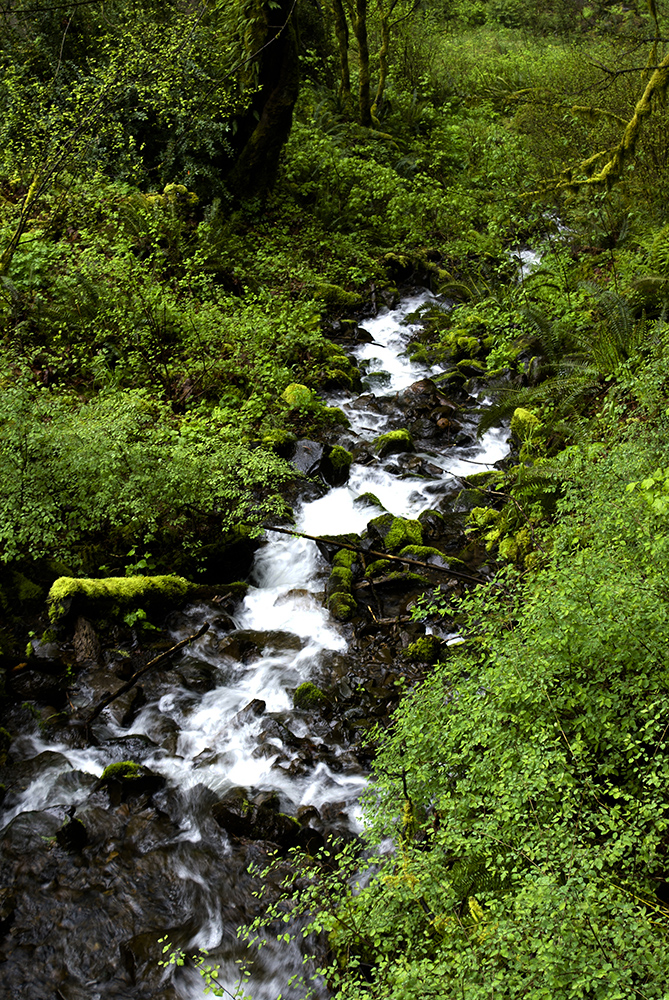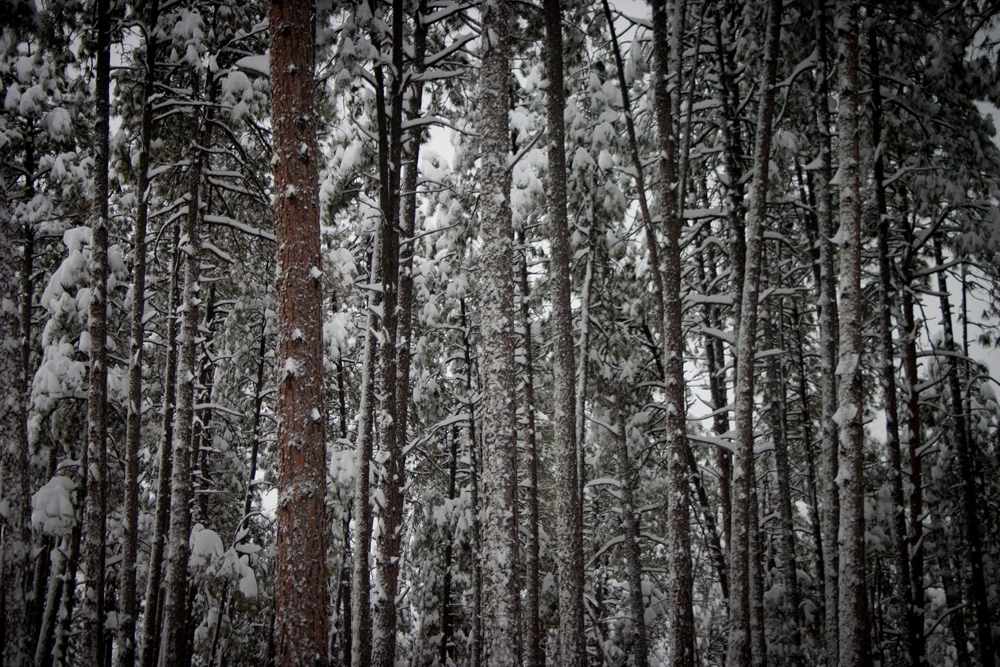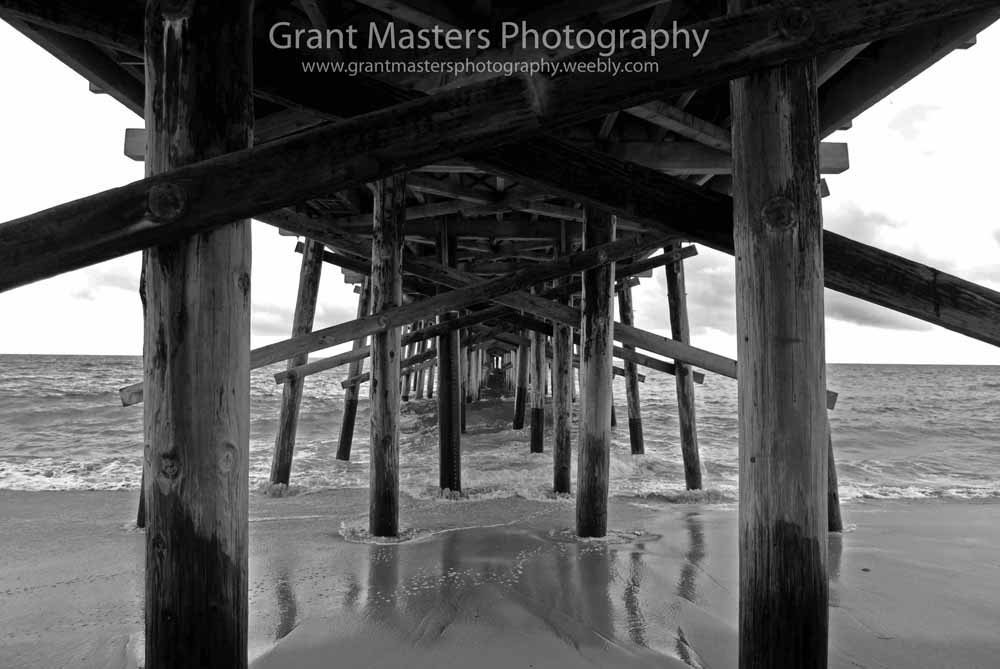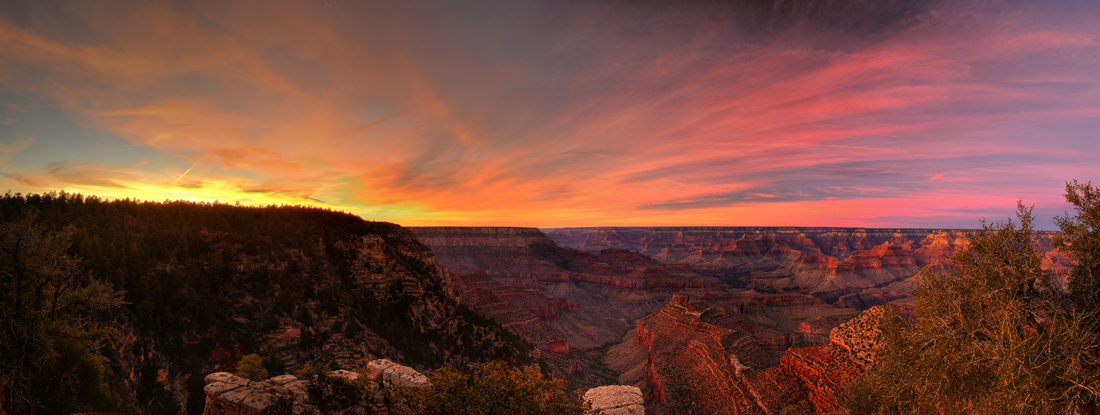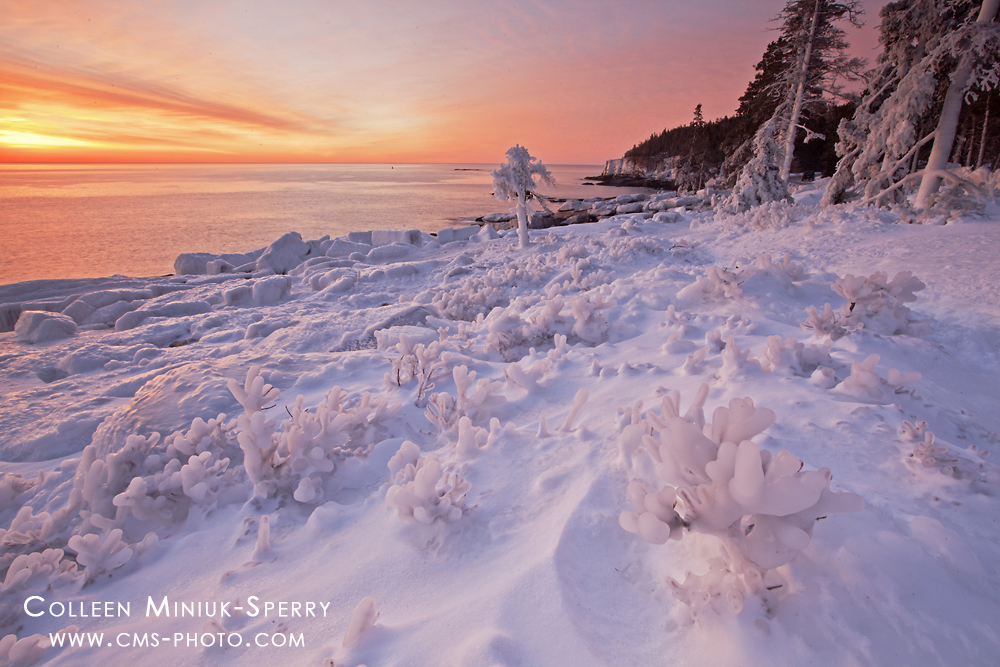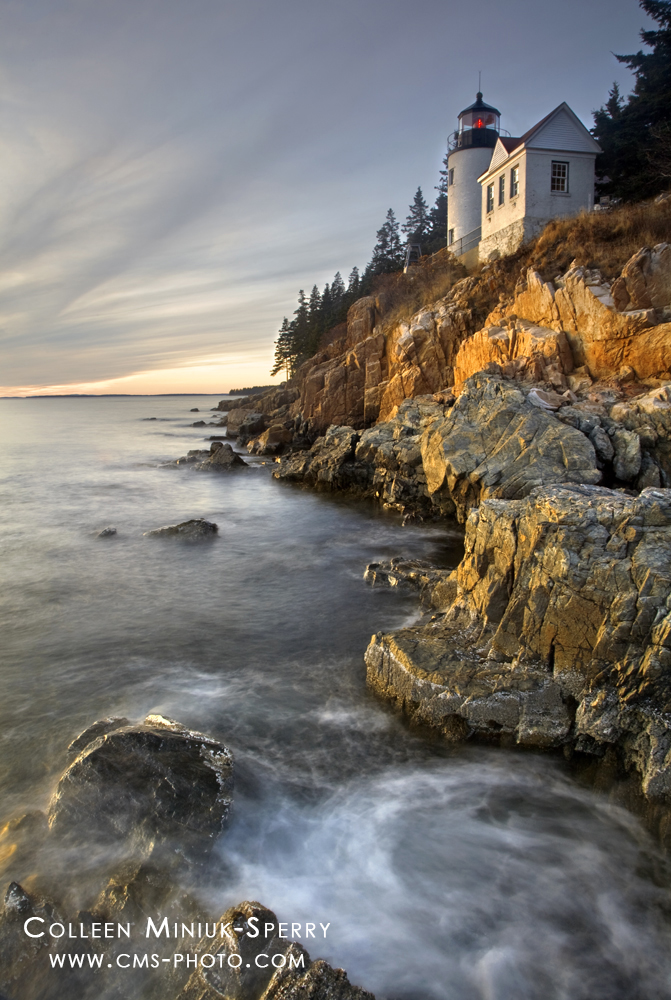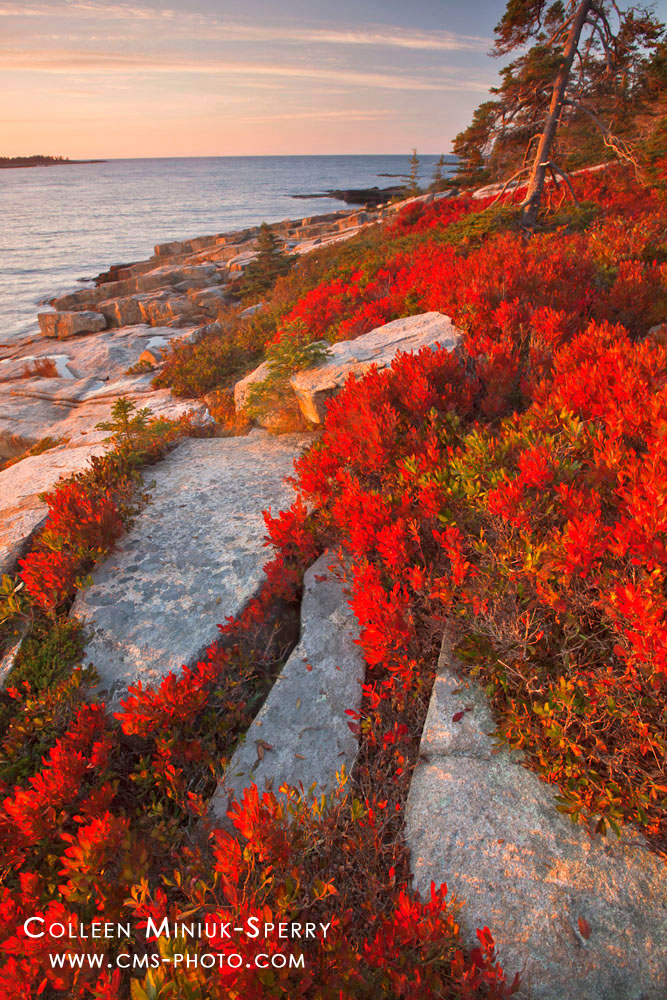“Write it on your heart that every day is the best day in the year.”
~Ralph Waldo Emerson
Happy New Year, everyone! Here’s hoping your 2015 has started off with a bang and ends up being your best year yet!
Almost every time I ask my Dad casually, “How’s it going?” he responds immediately with delight, “Living the dream!” And I always nod back in agreement, “Yes, Dad, we sure are!” As we flip the calendar to another year and begin to reflect on all that was, I can’t help but smile about all that is: I’m living my dream.
At the risk of sounding like a skipping CD player, 2014 goes into the books as my most successful, most productive, and most thrilling year to date (I know, I know, I say this every year…but it’s true!!). In my 7th year as a full time freelance photographer and writer, I increased focus on the places and subjects I love most, fulfilled aspirations for writing another book (and donating to a great cause), established new editorial connections, and thoroughly enjoyed reconnecting with dear friends while meeting amazing new people in a multitude of speaking engagements and photography workshops.
I recognize, with certainty, that I would not be able to life this phenomenally fulfilling life if it were not for your continued support. Words can hardly express how grateful I am not just today, but rather every day, for your help, encouragement, friendship, and laughs along this journey. Thank you!
In celebration of the close of 2014, I’d like to share my favorite 15 photographs from last year. Here goes, in chronological order:
1. “Ethereal Decay,” Mono Lake Tufa State Preserve, California (January 1, 2014)
As so many photographs I had previously seen of Mono Lake promised, my first visit to see the tufas here did not disappoint. Given my ever-growing passion (obsession?) for bubbles, I was more drawn to the air bubbles rising from decaying algae along the shoreline than the iconic rock formations!
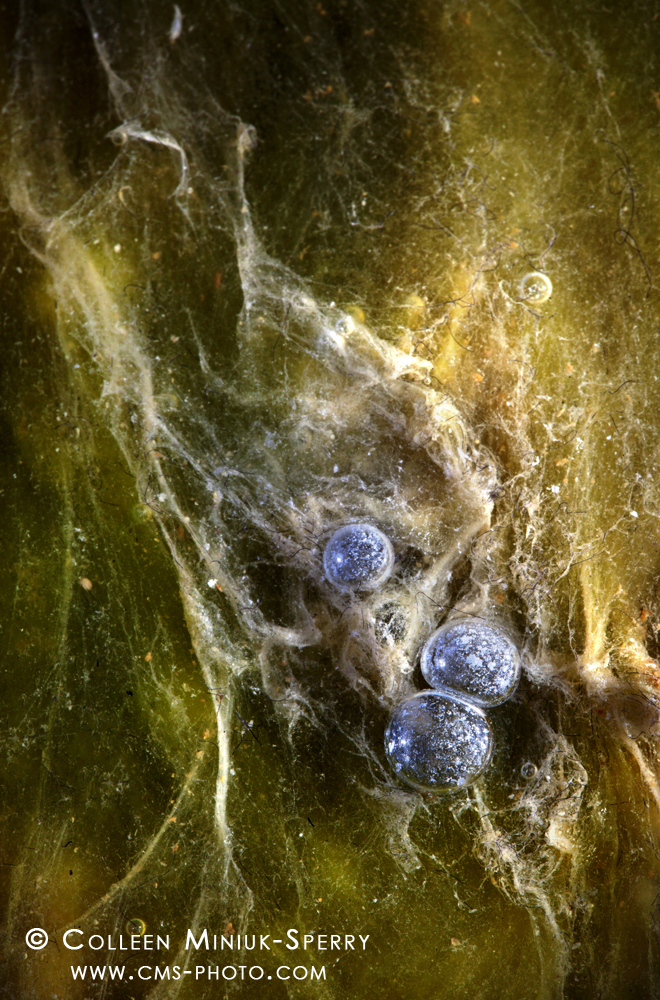
“Ethereal Decay,” Mono Lake Tufa State Preserve, California (Prints available for purchase – click on photo to order yours!)
2. “Rock On!” near Page, Arizona (January 9, 2014)
Of all the rock formations in the desert southwest, I have an affinity for the cracked brown Dakota Group sandstone found around the Page area in Arizona and southern Utah. Although I had made an image of these rocks near Studhorse Point with my large format 4×5 camera years ago, I continued to develop visualizations for new compositions in this special spot. After multiple attempts, all the elements came together on a cold morning in January, resulting in this image I call “Rock On!”
3. “Sailors Delight at West Pond Cove,” Schoodic Peninsula, Acadia National Park, Maine (February 12, 2014)
After getting a delicious taste of winter in Acadia National Park as the park’s first winter Artist-in-Residence (my third residency) in February 2013, I could not wait to pack all the clothes in my closet and return to experience the snow and ice again. During my fortunate second winter visit in February 2014, West Pond Cove quickly became one of my favorite places to photograph the fleeting ice at low tide at sunset.
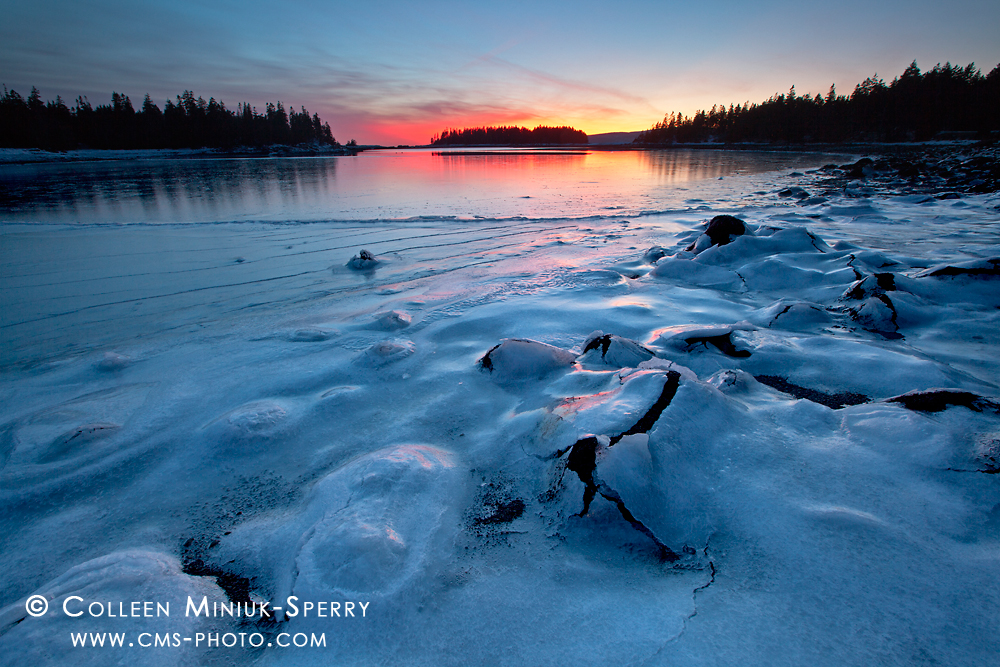
“Sailor’s Delight at West Pond Cove,” Schoodic Peninsula, Acadia National Park, Maine (Prints available for purchase – click on photo to order yours!)
4. “A Frozen Universe,” Mount Desert Island, Acadia National Park, Maine (February 28, 2014)
To celebrate the anniversary of my personal Independence Day (also known as my escape from Corporate America and the start of my 7th year as a full-time freelance photographer and writer), I snowshoed to the summit of Cadillac Mountain. Expecting epic winter views at the top, I packed my wide-angle and telephoto lenses, leaving my macro lens behind in an attempt to lighten my load for the 8-plus mile round-trip haul. When I made it to the summit, I was shocked to see a Mecca of ice bubbles in the parking lot! I needed my macro lens! GAH! Fortunately, I remembered to pack my extension tubes, which I used on my 24-105mm lens to create this composition.
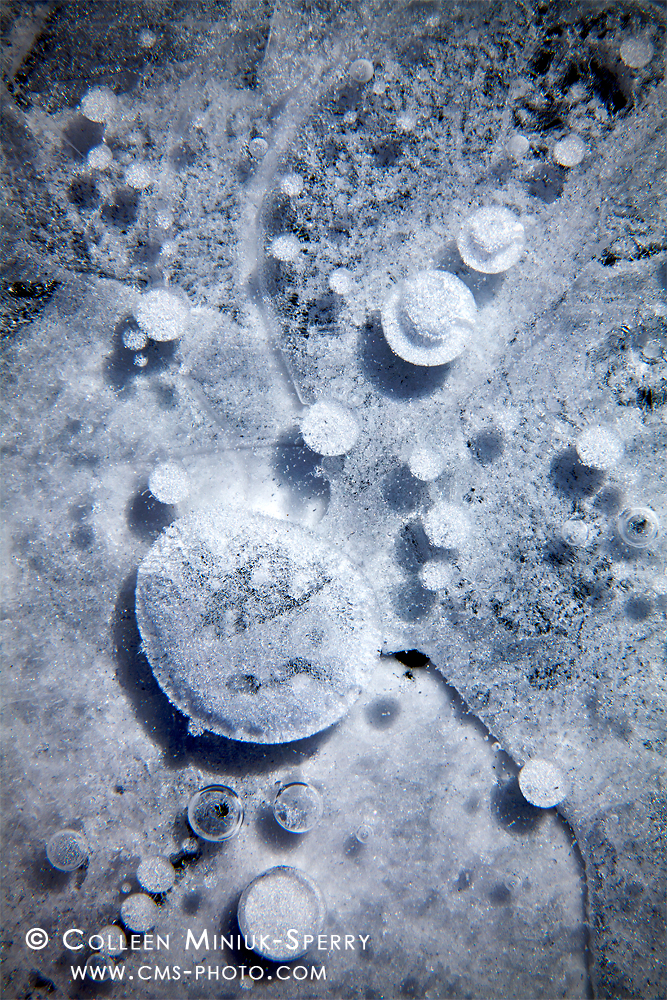
“A Frozen Universe,” Mount Desert Island, Acadia National Park, Maine (Prints available for purchase – click on photo to order yours!)
5. “A Single Triumph of Summer,” Tohono Chul Park, Tucson, Arizona (April 24, 2014)
Arizona’s spring wildflower bloom panned out to be a bit of a bust, but with what little rain we did get, the cactus enjoyed and put on a beautiful show. Thanks to the recommendations from a couple of volunteers at Tohono Chul Park, I found this regal, night-blooming echinopsis cactus showing off in the early morning light.
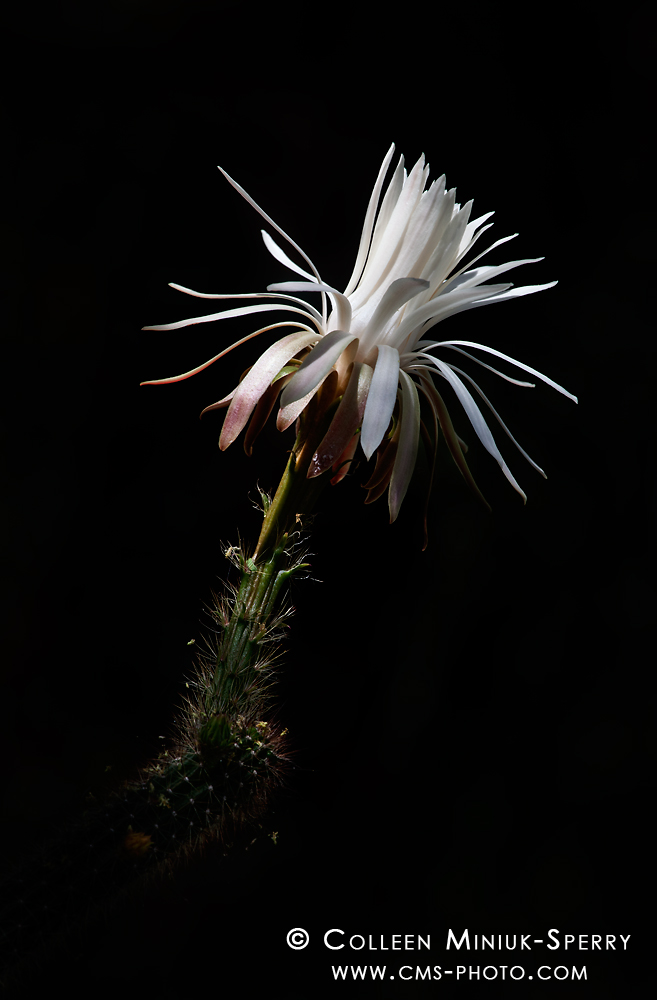
“A Single Triumph of Summer,” Tohono Chul Park, Tucson, Arizona (Prints available for purchase – click on photo to order yours!)
6. “Sequential Erosion,” Great Sand Dunes National Park, Colorado (June 13, 2014)
After completing a presentation/book signing tour through Colorado this summer, my parents and I decided to stop at the Grand Sand Dunes National Park for our first visit. Although we only had a short amount of time to enjoy the park, we learned enough about it to know we’ll be back soon. I wanted to make an image that shared the expansive nature of this landscape, so I chose to create a panoramic image stitched from 11 vertical frames.

“Sequential Erosion,” Great Sand Dunes National Park, Colorado (Prints available for purchase – click on photo to order yours!)
7. “The Storm Within,” Toroweap Overlook, Grand Canyon National Park, Arizona (July 1, 2014)
My first (and very short) visit to Toroweap Overlook on the north rim of the Grand Canyon did not go exactly according to plan. In fact, it ended up costing me an additional $281 and four beers! (Read about the entire adventure on my blog post, “My $281 (and Four Beer) Trip to Toroweap.”) Following a nerve-wracking drive, I finally reached the rim with five minutes to spare before sundown and hastily composed this scene. The trip – and scenery – was certainly unforgettable.
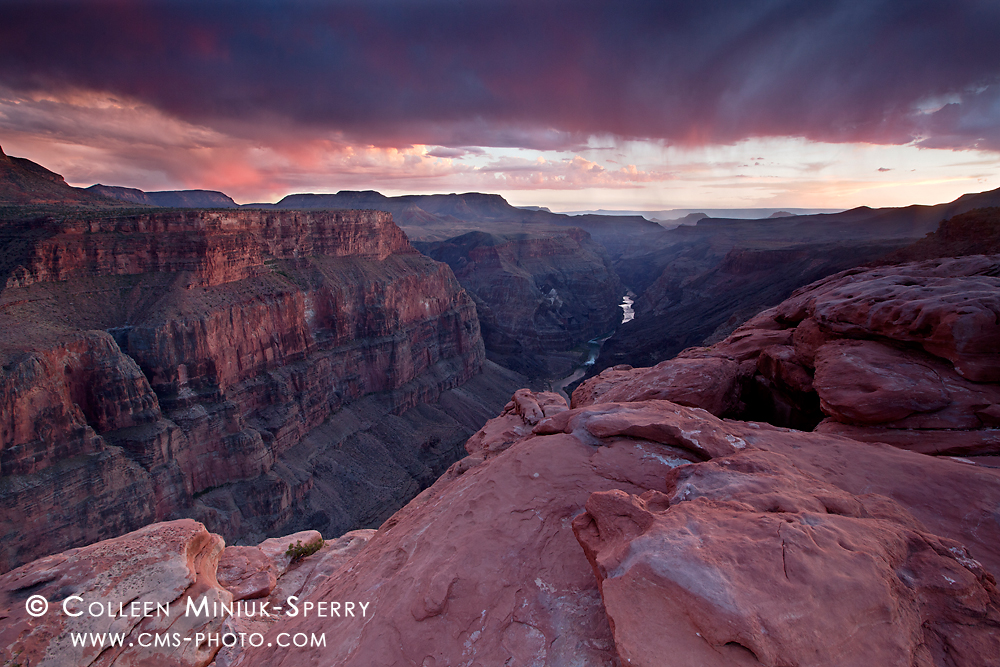
“The Storm Within,” Toroweap Overlook, Grand Canyon National Park, Arizona (Prints available for purchase – click on photo to order yours!)
8. “Where the Winds Blow,” Carl G. Washburne Memorial State Park, Oregon (July 8, 2014)
In 2014, I had the great fortune of spending a month’s worth of time (over multiple trips) in my beloved state of Oregon. Although the summer months draw hoards of visitors to the entire scenic coastline, gale force winds and threatening skies kept beachcombers away from this stretch of beach, leaving me to enjoy the windswept, ephemeral sand patterns in the late afternoon in joyous solitude.
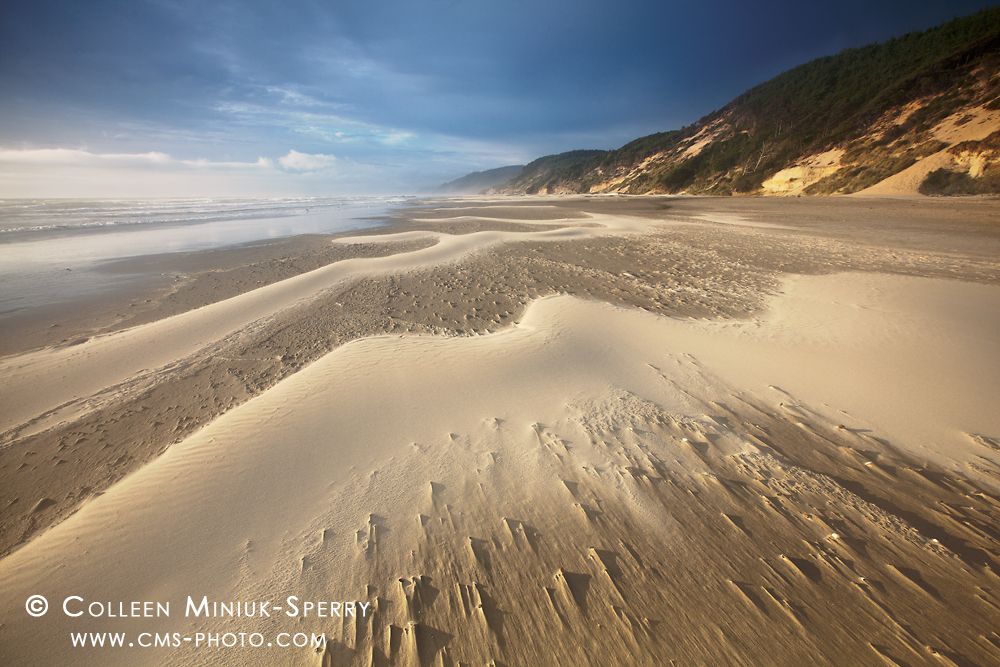
“Where the Wind Blows,” Carl G. Washburne Memorial State Park, Oregon (Prints available for purchase – click on photo to order yours!)
9. “Psychedelic Sunset Surprise,” Sparks Lake, Oregon (July 20, 2014)
En route home from my 22-day summer Pacific Northwest tour, I stopped at Sparks Lake to camp overnight. Going into late afternoon, the thick clouds indicated sunset might be a grey one. But for a few minutes after sunset, the sky surprisingly exploded into magical color.
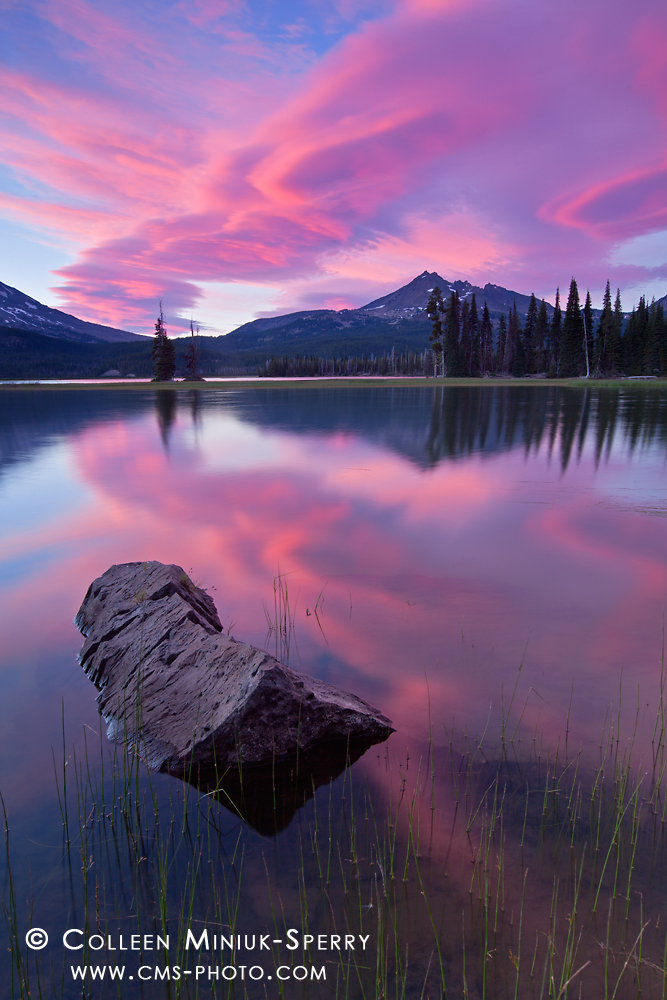
“Psychedelic Sunset Surprise,” Sparks Lake, Oregon (Prints available for purchase – click on photo to order yours!)
10. “What’s SUP, Mom?” Frenchman Bay, Maine (August 6, 2014)
During my August visit to Acadia National Park, I convinced my Mom to take a formal lesson with me from Acadia Stand Up Paddle Boarding in Frenchman Bay near Bar Harbor. I slung my camera (secured tightly in a EWA waterproof bag) over my shoulder, in case a photogenic moment occurred during our lesson (and my Mom’s first time atop a board). Thanks to a clearing storm, we paddled across the perfectly still and serene sea beneath rainbows and moody skies. With much pride for my Mom’s infectious adventurous spirit, I couldn’t resist snapping this peaceful moment of her soaking in her experience.
11. “The Network,” Schoodic Point, Acadia National Park, Maine (August 8, 2014)
Thanks to a nomination by my good friend and amazing photographer, Floris van Breugel, I participated in the “Black and White Challenge” that ran wild on Facebook this year. In preparing for the five-day project, I dug up various color photographs I thought might be more successful with a monochromatic treatment, including this one of a spider’s web at Schoodic Point. To read how I created this image and why I chose to convert it to black and white, head to my recent my blog post, “Day 3: The Black and White Challenge: The Network.”
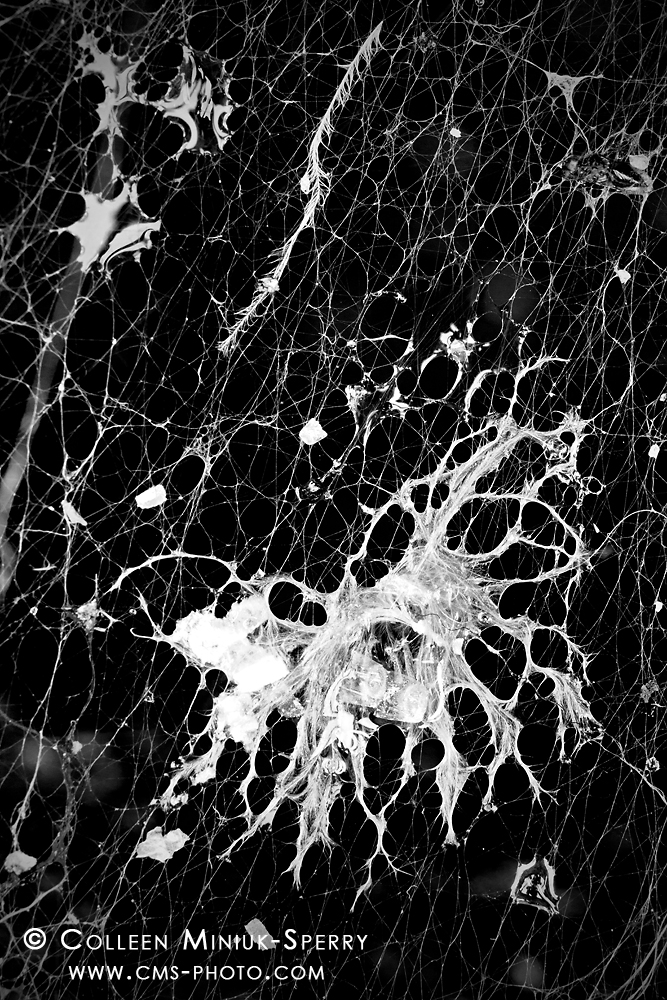
“The Network,” Schoodic Point, Acadia National Park, Maine (Prints available for purchase – click on photo to order yours!)
12. “Schoodic Serenity,” Schoodic Peninsula, Acadia National Park, Maine (August 8, 2014)
I could stand along the Acadian coastline for all of eternity and never tire of the awe and wonder this magical place offers. Sometimes it’s stormy and fiesty; sometimes it’s quiet and tranquil. But every time – including this past August – my soul sings in the reverie.
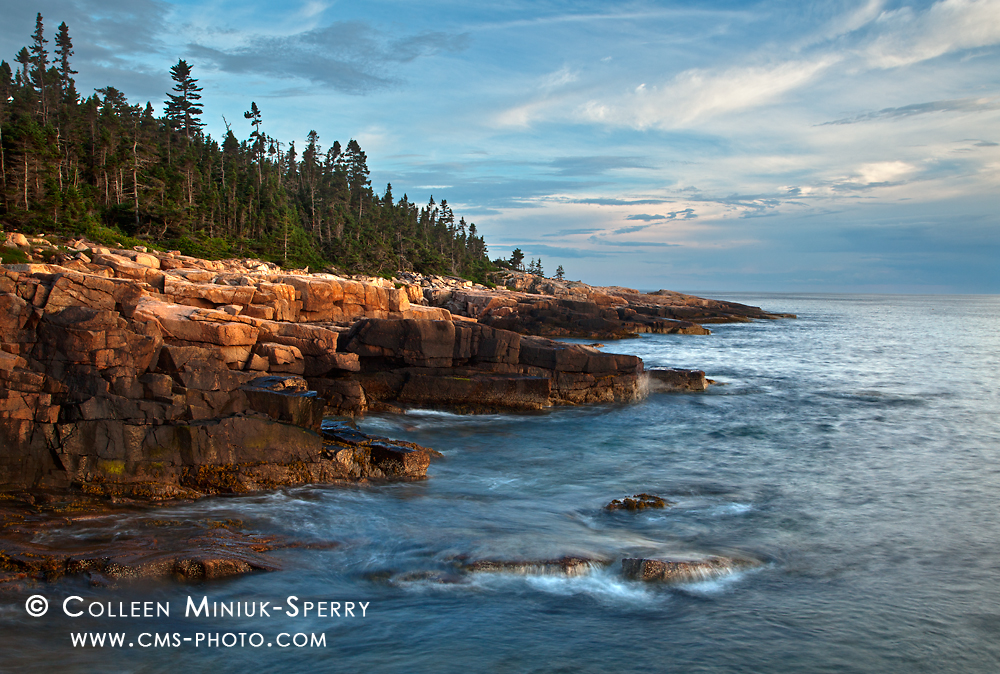
“Schoodic Serenity,” Schoodic Peninsula, Acadia National Park, Maine (Prints available for purchase – click on photo to order yours!)
13. “What Lies Ahead?” Mount Desert Island, Acadia National Park, Maine (October 17, 2014)
Thankfully, no government shutdown (like in October 2013) prevented me from helping not one, but two, photography workshop groups enjoy and photograph the autumnal beauty of Acadia National Park this past October! I created this image of the boardwalk on the Jesup Trail during the second trip (read more about it on my blog post, “Persistence Pays Off: October 2014 CMS Photography’s Acadia Workshop“).
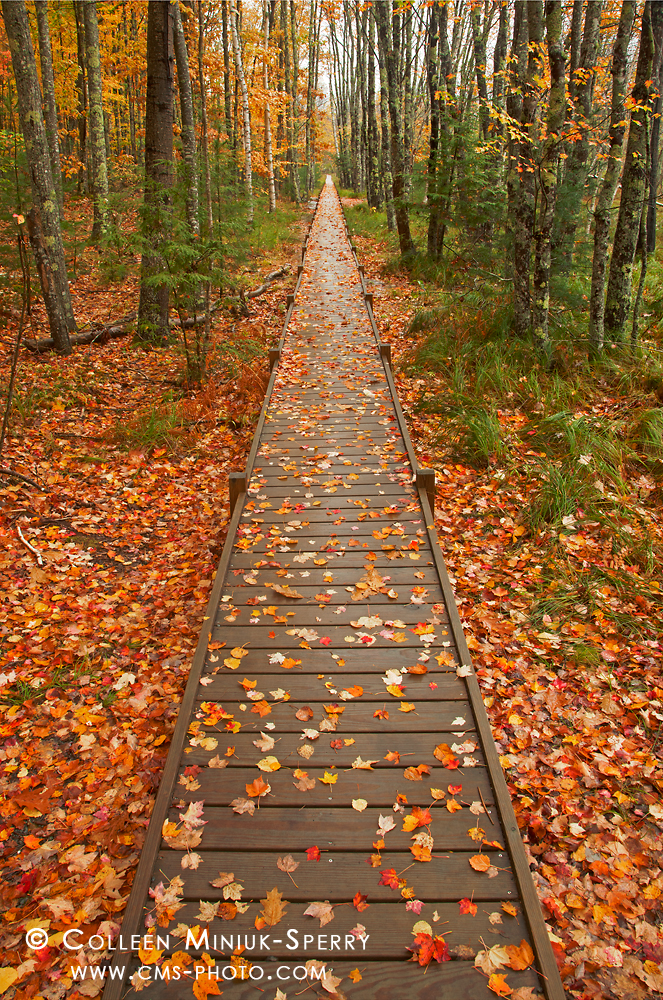
“What Lies Ahead,” Mount Desert Island, Acadia National Park, Maine (Prints available for purchase – click on photo to order yours!)
14. “Mud Tetris,” Grand Staircase-Escalante National Monument, Utah (October 25, 2014)
Immediately after my three-week stay in Acadia, I headed to southern Utah to connect with my good friends Guy Tal, Bruce Hucko, and Michael Gordon for a few days in the desert. I also had the fortunate chance to meet and spend time with Charles Cramer and Dan Mitchell on the same outing. In between the many laughs, we explored some of the magnificent canyons found in the Grand Staircase-Escalante National Monument. And I’m pretty sure between the six of us, we photographed every inch of cracked mud along the way! When I saw this collection on the side of a sandstone wall, I immediately thought it looked like the blocks from the video game “Tetris.” After snapping a few frames, at Bruce’s urging, Bruce and I switched cameras and challenged each other to change something about the others composition. He zoomed my arrangement out a little wider than I had originally composed – and I liked it! So Bruce gets a little extra credit for helping me perfect my vision.
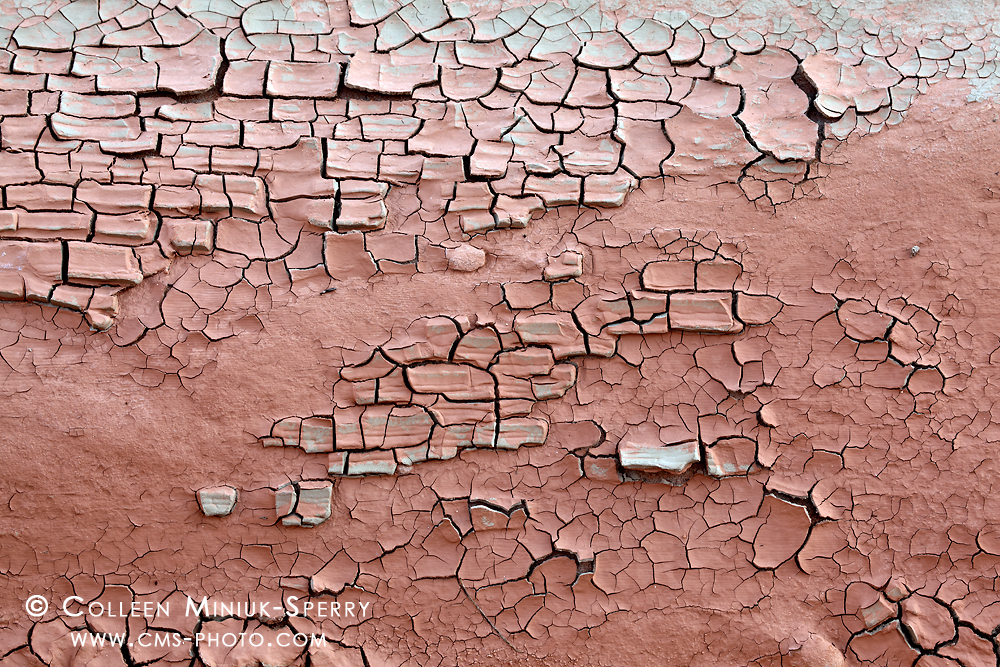
“Mud Tetris,” Grand Staircase-Escalante National Monument, Utah (Prints available for purchase – click on photo to order yours!)
15. “Winter Greetings” Cape Lookout State Park, Oregon (December 19, 2014)
I snuck in a few extra days along the Oregon coast before visiting with my in-laws in Montana for the holidays. For four straight days, it relentlessly poured (as it’s prone to do during winter in Oregon). I became so accustomed to the rain tap dancing on top of my camper that when all went suddenly silent in the early morning hours of day 3, I rushed out of bed and headed to the coast with my camera in hand to Cape Lookout. The storm surge prevented me from walking along the beach, but I found a trail that hugged the coast that provided outstanding views of ephemeral waterfalls pouring into the stormy seas.
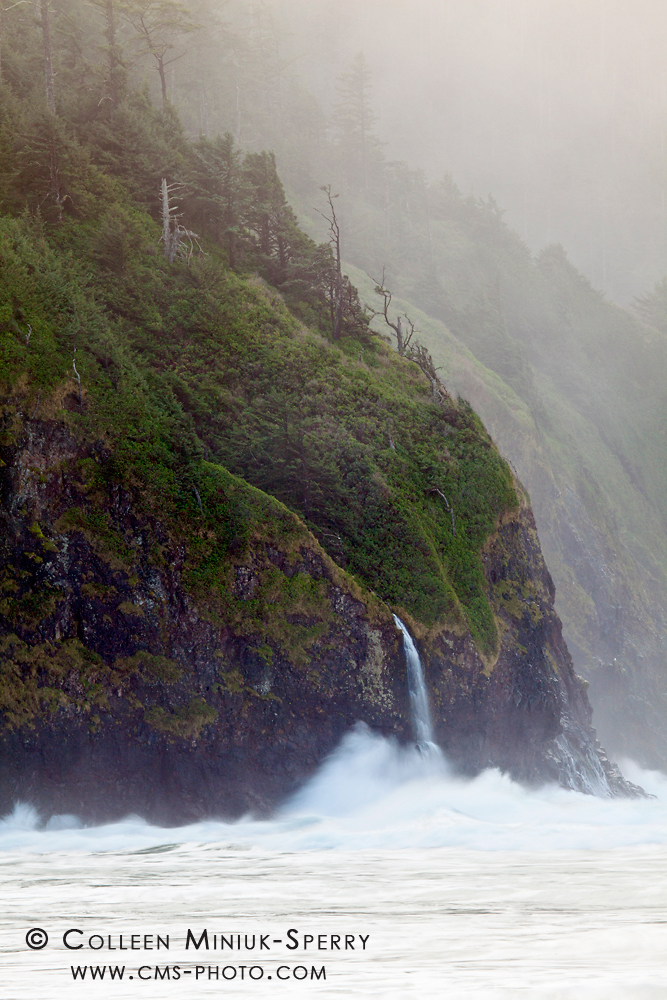
“Winter Greetings,” Cape Lookout State Park, Oregon (Prints available for purchase – click on photo to order yours!)
For additional inspiration to kick off the year, head over to Jim Goldstein’s annual blog project where he’s posted his traditional and ever-growing list of other photographers’ own favorites and best from 2014. This is my third year participating – see my collections from 2012 and 2013.
As the Ralph Waldo Emerson quote above suggests, my wish for you is that every day you’re on this planet – in photography and in life – is the best day of your year.
Keep shooting!
~Colleen

